Behind the Scenes at Ferrari's Classiche Department
Published By: NEWSROOM_REPOST
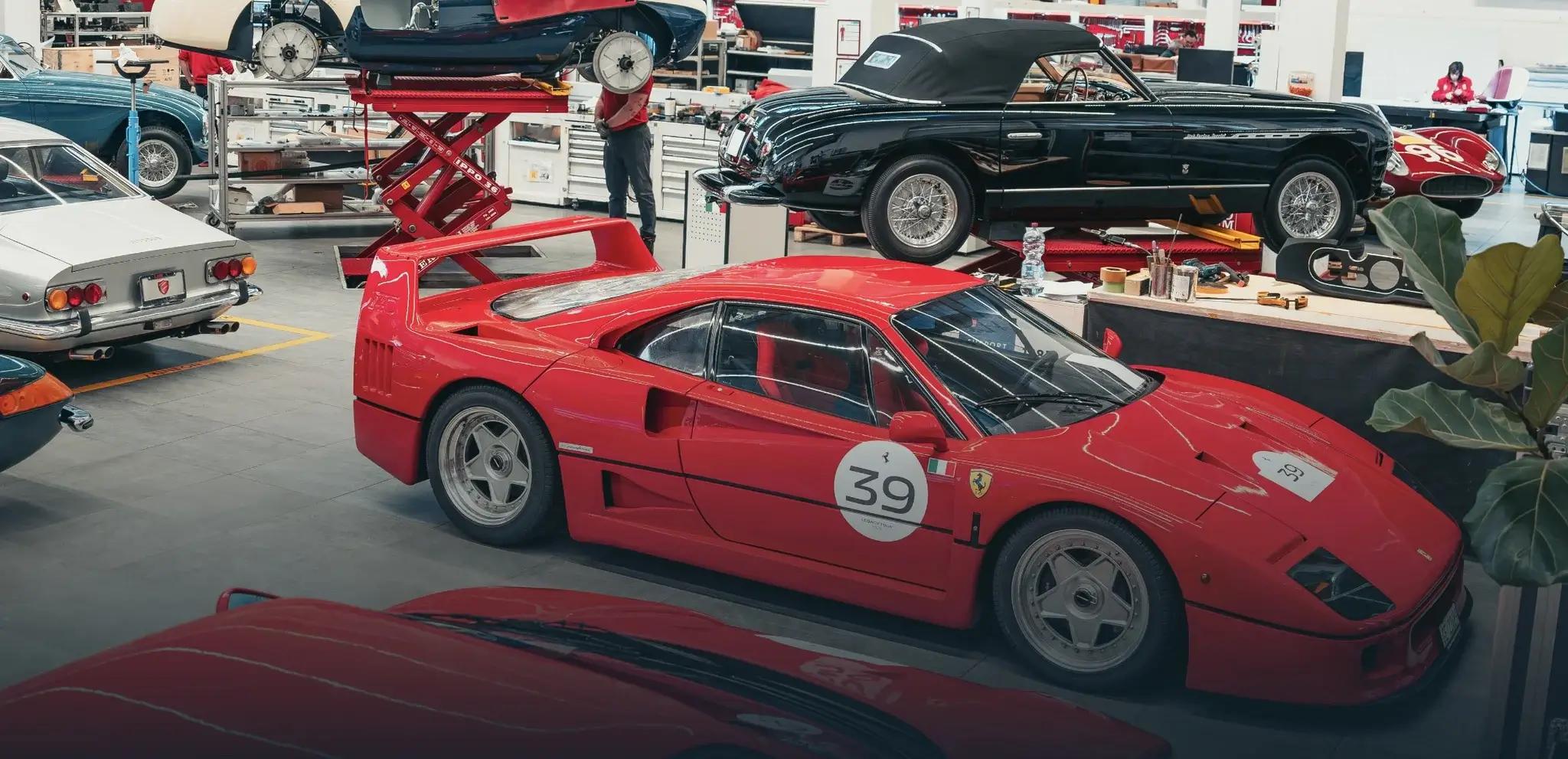
In a quiet corner of the Ferrari factory in Maranello, a small dedicated team document the past and offer classics a future...
Through the famous red brick archway and turn right. It looks like a dead end, but here in a tucked away corner, dwarfed by the main production building and only 50m from Maranello’s main entrance, is a workshop. It’s smaller than you imagine, more cluttered. This is where the world’s most expensive cars come when they need a spruce up. Ferrari’s Classiche department.
You’d also imagine it’s been here since the beginning. But back when it got going in the Fifties and Sixties, Ferrari didn’t know it was going to be a big deal. It was a race team. It built cutting edge racers to the latest regulations. It was all about what’s next, not what’s past.
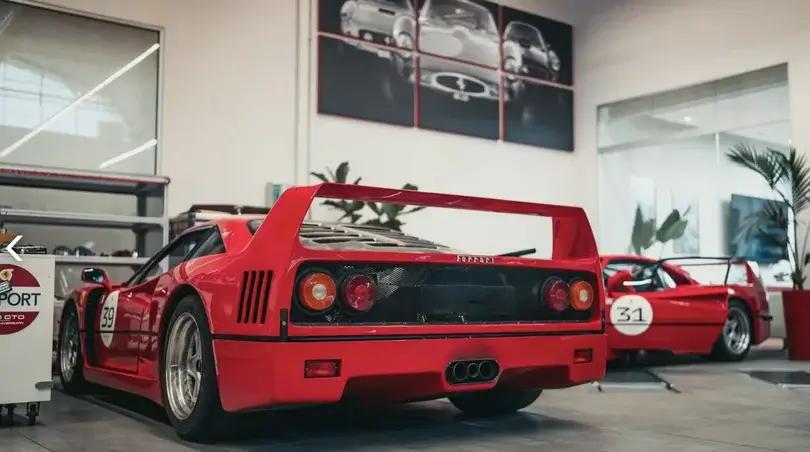
It was Jean Todt who spotted the value in the back catalogue and realised that if others were restoring and rebuilding Ferraris, heck, the firm itself should have a stake in that. That was 2004. Just 20 years ago. The Classiche (that second one is a hard C) unit got going two years later.
“It exists to preserve our heritage, our story and keep alive the legacy that a great man, our founder, left us,” Andrea Modena, head of Ferrari Classiche, tells me. Once a car is 20 years old, it’s designated a classic and falls under the umbrella of Modena’s team. “We try to preserve every single one produced from 12 March 1947 until this precise day 20 years ago.”
He’s taking me for a tour. The cars are crammed in tightly, none shown special dispensation. I get the impression that if they had more space, Classiche would expand to fill it. There are just six bays, plus a separate benched area for engine and gearbox work. Nor is it immaculately clean. I walk beyond a divider and find boxes full of old parts and some ancient machining tools.
Classiche does the mechanics, but the bodywork is done by local specialists. ’Twas ever thus. “At the very beginning our founder was stating ‘Chassis, engine, gearbox and differential, the rest is not my problem’,” Modena says cheerily.
"The cars are crammed in tightly, none shown special dispensation"
But that mechanical work covers a lot of ground. Here are a pair of bookends. Up on a ramp sits a black 375. It went through a full restoration to original condition five years ago. Original means exactly that – precisely as it was on the day it left the factory right down to the mounting bolts for the rear drum brakes. They could have been galvanised, but that wasn’t period correct. So now, five years later, they’ve rusted. The car has made the journey from the US simply to have those bolts replaced.
Over the other side a far, far bigger job. It’s the rattiest racing 512 BB I’ve ever seen. And predictably my favourite car here. It’s a barn find Competizione, one of just three produced and untouched since it finished Le Mans back in 1978. Next week the new owner is coming to discuss what ought to be done. That’s a two way process. “We agree with the owner what activities we want to do,” says Modena. “Then we go for disassembling and analysis of every single piece one by one. The car comes into a bay, the parts are placed on racks and analysed in three categories: we can reuse, we cannot reuse, or we can overhaul.” Personally I’d leave the patina’d top surfaces as they are and let Ferrari do what Ferrari does best – work on the mechanicals.
We’re now standing next to a 212 Export. “This is a nice story. This car was originally belonging to the famous movie maker [Roberto] Rossellini. The car was bought to go from Rome to Oslo with his wife, Ingrid Bergman, to attend the Nobel prizegiving.” I can’t help but notice that among the parts on the racks is a roofrack and suitcases. “And those are the originals,” Modena tells me. “There was a nice exchange between Rossellini and our founder, because Rossellini was explaining to Enzo that Ingrid Bergman was having a huge amount of luggage... so he was asking permission to install it.” It’s believed to be the first Ferrari ever fitted with a roofrack.
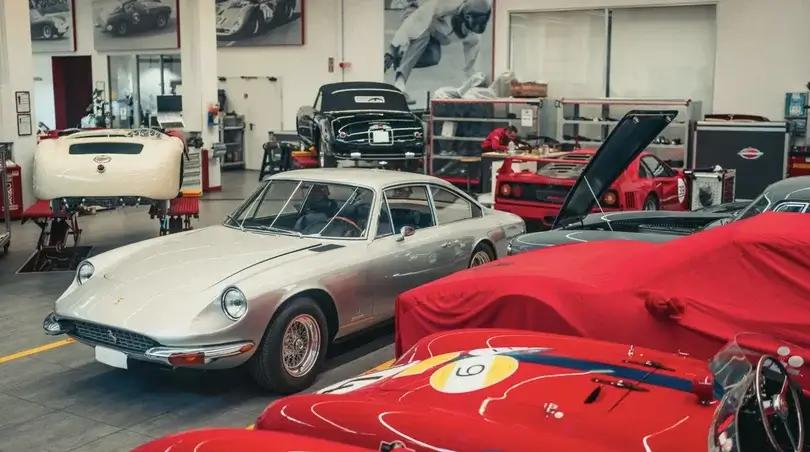
Stories like this abound everywhere you look. It’s one of those buildings that I walk around marvelling at the cars, the engines and components, but the place gains so much more depth, genuinely comes alive when Modena fills in the history and stories.
And those are fabulously well documented. Off one side of the workshop is a glass walled room, lined with red leather bound ledgers. This is the archive. “We are in a time machine,” a now white glove-wearing Modena comments quietly, as another spine cracks drily to reveal its secrets. Enzo was famously fastidious. He didn’t travel to races (“His life was between Modena, where he was living, Maranello, where there was the factory, and Serramazzoni, where they were testing the cars”), but wanted to know everything – about the car, the weather, driver mood, rivals, race strategy. It’s all here, wonderfully succinct, in these neatly handwritten ledgers.
The same applied to the road cars. “Look here,” says Modena, pointing me to a ledger. “On 27 March 1964, we can see everything about this engine, it goes into the dyno room – pressure 746mm, temp 19°C, humidity 54 per cent, 219.1 horsepower. So when we have this exact car in our hands we should at least go to this document and see.” And this is the same for every single car Ferrari has ever built? Modena gestures to the racks: “30,000 cars up here and for every one we have an assembly sheet.”
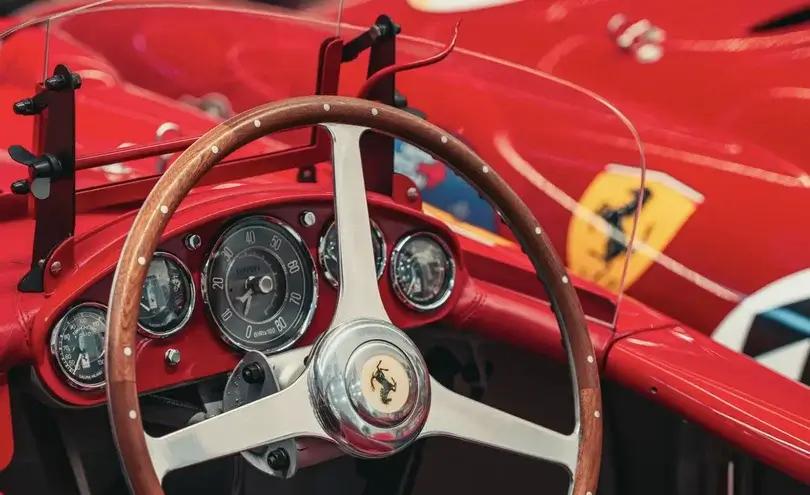
"Ferrari is still discovering its own history"
Ferrari eventually moved to microfilm and at the end of the Eighties, after around 80,000 cars had been produced, went digital. The process of digitising the older sections of the archive is ongoing. “We have years in front of us to complete the process. We are close to 50 per cent.”
This room is Ferrari’s history, arguably more than the metal that sits outside. I’m shown the sketches famed F1 designer Mauro Forghieri made, before fitting the first ever rear wing to an F1 car back in 1968. Also the original stamping tools that allow Ferrari to check the authenticity of engines and chassis that may not be as original as claimed. And a set of random cardboard boxes. Last year another department phoned up the Classiche archive and said they were having a clear out and had found four old boxes in the dusty corner of a storeroom. They were going to throw them out, but wondered if the archive department wanted to have a look through first. They did. And in them they found the original sketches and drawings for Gioacchino Colombo’s famed V12 – Ferrari’s first homegrown engine, the powerplant that motivated the firm from 1947 until 1988. Far from knowing it all, it turns out Ferrari is still discovering its own history.
It’s all in the Classiche archive. “This is Ferrari,” states Modena proudly, looking around the room. “Without this it would be a great workshop with incredible skill, but this is our heart and our history.”
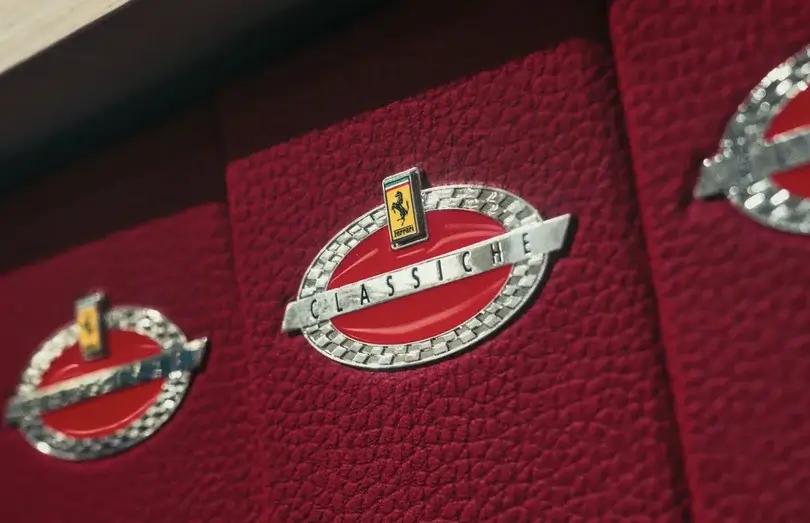
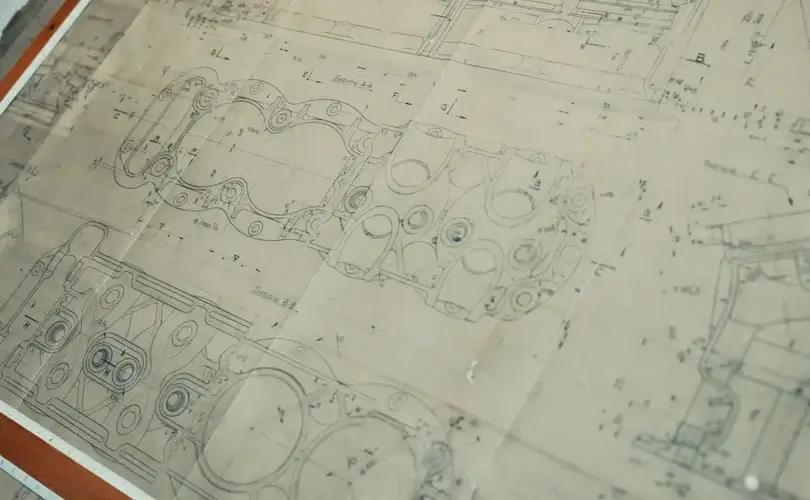
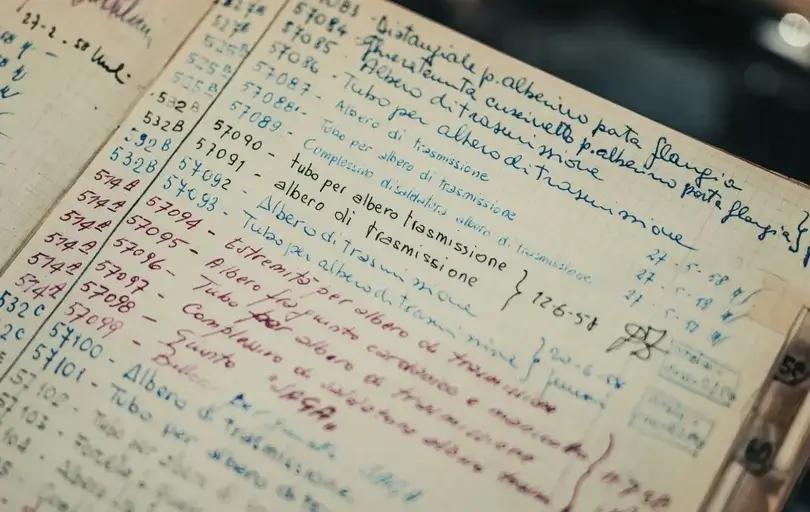
By: Ollie Marriage
Photography: Mark Riccioni
PUBLISHED APR 8 2024 ON TOPGEAR.COM










Comments (2)
https://www.pcarmarket.com/editorials/behind-the-scenes-at-ferraris-classiche-department/
The behind-the-scenes look at their work not only highlights the craftsmanship and expertise involved but also brings to life the rich heritage and the personal stories behind these legendary cars. It's truly inspiring to see how Ferrari continues to honor its past while maintaining the highest standards of excellence.